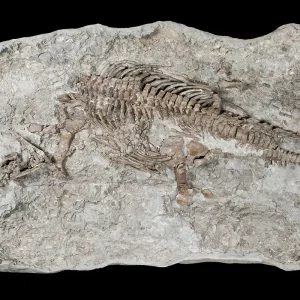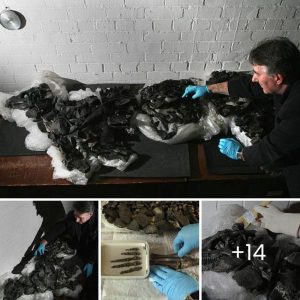The discovery of the world’s oldest plesiosaur, named Rhaeticosaurus mertensi, represents a remarkable breakthrough in paleontology. Unearthed in a clay pit near the German village of Bonenburg, this partially articulated fossil offers critical insights into the recovery of marine ecosystems after the end-Permian mass extinction event.
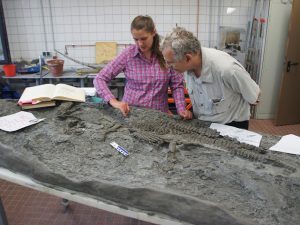
The end-Permian event had a profound impact on both terrestrial and marine life, causing significant losses, with an estimated 57% of marine families facing extinction.
As the Triassic period unfolded, the adaptation of terrestrial reptiles to marine environments marked the emergence of new and diverse ecosystems. Among these adaptations, the Plesiosauria, comprising long-necked plesiosaurs and big-headed pliosaurs, stands out as the most diverse and enduring group of extinct marine reptiles.

The origins of the Plesiosauria in the Triassic had been suspected but lacked substantial fossil evidence. The discovery of the Rhaeticosaurus specimen now fills a critical gap in our understanding of the early evolution of plesiosaurs.
Recovered from Triassic-aged rocks, this fossil marks the earliest-known plesiosaur, providing valuable information about the formative stages of these iconic marine reptiles.
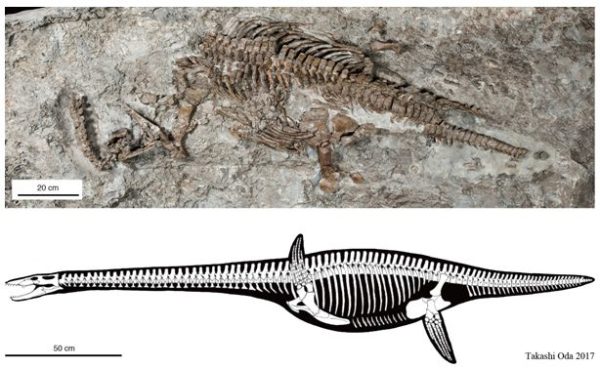
The fossil, found in North Rhine-Westphalia, Germany, offers a unique glimpse into the ancient seas that existed during the Triassic Period. The recovery of a partially articulated specimen adds to the significance of the find, allowing researchers to study the anatomical details of Rhaeticosaurus mertensi.
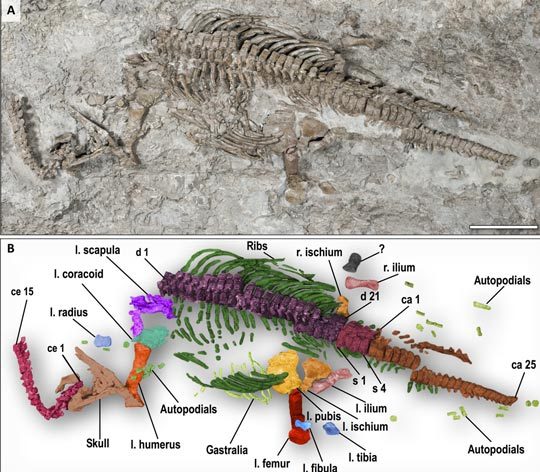
The Triassic-aged Rhaeticosaurus challenges prior assumptions about the timing of plesiosaur evolution. Its existence implies that these marine reptiles were already diversifying in the aftermath of the mass extinction event, adapting to new ecological niches and contributing to the recovery of marine ecosystems.
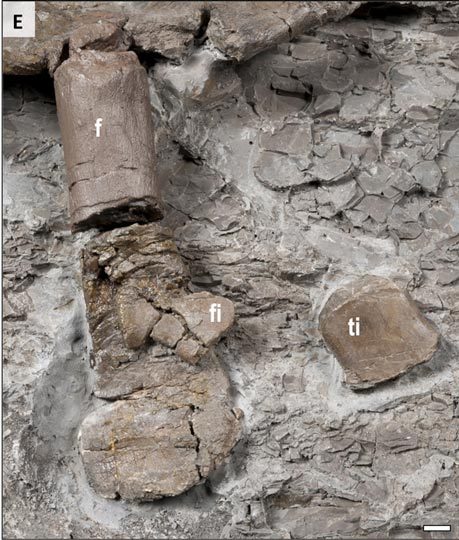
As scientists continue to analyze and study the fossilized remains of Rhaeticosaurus mertensi, this groundbreaking discovery promises to reshape our understanding of early plesiosaur evolution and the intricate dynamics of life’s resurgence following catastrophic events in Earth’s history.
